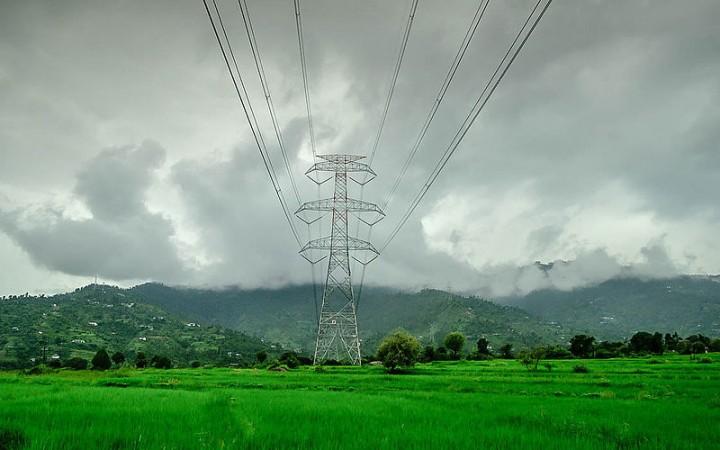
With general elections less than a year away, the Narendra Modi government is planning to raise Rs 1.7 lakh crore via extra-budgetary resources (EBR) in the current fiscal − up 110 per cent compared to the last. It will be to keep its flagship schemes and other important welfare programmes properly funded to woo and reach out to grass root voters.
All of the money will be serviced out of the Budget and will be mobilised through different public sector corporations.
The total size of such EBRs, if the debts of the National Highways Authority of India (NHAI) and MTNL are added, will go up to Rs 2.43 lakh crore in the financial year 2019 compared to Rs 1.42 lakh crore in the financial year 2018 and Rs 1.14 lakh crore in the financial year 2017.
Almost all of these public sector entities have no facility to repay loans from their resources, hence the liabilities will have to be borne by the exchequer.
If we include railways and other PSUs, which can fund their market borrowings, EBRs by central agencies were Rs 3 lakh crore in FY18 and could rise to at least Rs 3.88 lakh crore in FY19.
Spending via EBRs compared to the Budget allows the government to reduce the impact on the fiscal deficit as repayments are spread over years but they do add to the overall debt.
EBRs will partly fund various schemes including Pradhan Mantri Awas Yojana, higher education infrastructure, Swachh Bharat Mission, electrification programme and irrigation.
EBRs by companies like Nabard, National Rural Infrastructure Development Agency (NRIDA), Housing and Urban Development Corporation (HUDCO), Food Corporation of India (FCI), Higher Education Financing Authority (HEFA) and National Housing Bank (NHB) are to be fully serviced by the Centre.
In the last two years, FCI has become the main fund mobiliser with government-serviced EBRs from the National Small Savings Fund (NSSF). The amounts raise being: Rs 70,000 crore in FY17; Rs 65,000 crore in FY18 and the projected amount for FY19 is over Rs 70,000 crore.
NHB, Hudco and NRIDA are collectively raising Rs 37,000 crore to finance Pradhan Mantri Awas Yojana (urban and rural), which is falling behind targets.
Higher Education Financing Authority will borrow Rs 22,000 crore for financing education infrastructure. Nabard will borrow Rs 21,000 crore for Swachh Bharat and irrigation projects compared to Rs 9,000 crore it borrowed in FY18. The Rural Electrification Corp/Power Finance Corp combine will borrow Rs 15,000 crore for the rural electrification scheme.
According to analysts, borrowings by these public sector companies will leave little for private borrowers. The NHAI recently signed an agreement with State Bank of India to borrow Rs 25,000 crore, a part of its EBR of Rs 62,000 crore for FY19.
The Centre doesn't have any other option but to take the EBR path as it aims to bring down fiscal deficit from 3.5 per cent in FY18 to 3.3 per cent in FY19, 3.1 per cent in FY20 and 3 per cent in FY21.
The government officials say more spending on agriculture and rural-based schemes over and above what has been budgeted is expected as the budget doesn't have outlay for the higher minimum support price announced for kharif crops and this could cost around Rs 20,000 crore in 2018.
The government also has to find money for the national health protection scheme which will give Rs 5 lakh health coverage each to around 10 crore families.

















